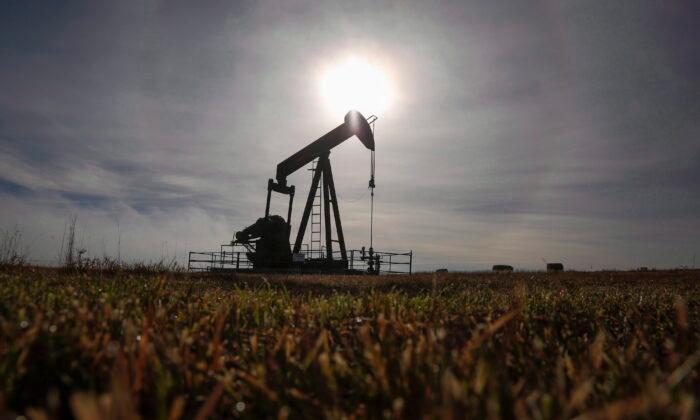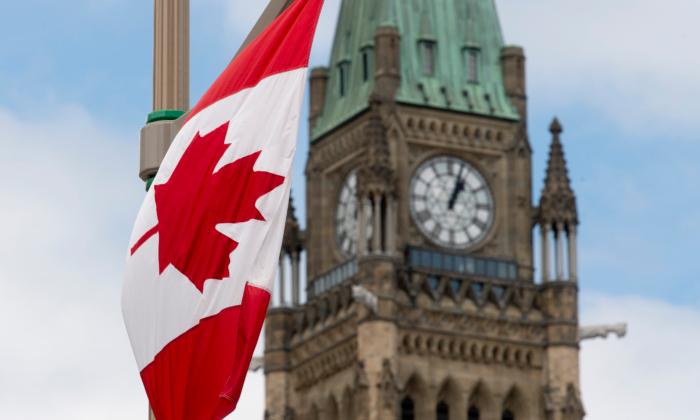No Canadian province made it into the top 10 most attractive jurisdictions in North America for oil and gas investment, according to a recent survey, while Texas and Oklahoma take the top spots.
The Canada-US Energy Sector Competitiveness Survey 2021, which polled senior executives from the petroleum sector, found that U.S. states are much more appealing to oil and gas investors compared to Canadian provinces and territories.
“The message from investors is clear—Canada’s onerous and uncertain regulatory environment continues to hurt the investment attractiveness of the country’s oil and gas industry,” Elmira Aliakbari, director of the Fraser Institute’s centre for natural resource studies and co-author of the survey, said in a press release.
The annual survey, conducted between May and August, ranks 22 jurisdictions in North America—five Canadian provinces and territories and 17 U.S. states—based on how government policies affect the sentiment for oil and gas investment.
Texas and Oklahoma ranked 1st and 2nd respectively, while Alberta took the 12th spot. Saskatchewan, in the 11th position, is Canada’s highest-ranked province.
According to survey respondents, regulatory factors continue to impede Canada’s energy competitiveness.
Compared to Texas and Oklahoma, in which 13 percent and 20 percent of respective respondents indicated uncertainty in environmental regulations as a deterrence to investment, the proportion for Alberta was 65 percent—more than three times that of both Texas and Oklahoma.
A further comparison between Alberta and Texas indicated that 71 percent of respondents identified regulatory duplication and inconsistencies as another key deterrent to investment in the province’s oil and gas sector, compared to only 10 percent for the U.S. state.
On average, the authors found that 76 percent of respondents were deterred by environmental regulations in Canada, compared to 49 percent for the United States. Additionally, 72 percent of the respondents for Canada believed that regulatory duplication and inconsistencies deter investment, compared to 45 percent for the United States.
Overall, 70 percent of respondents for Canada’s provinces indicated the cost of regulatory compliance as a deterrent, compared to 43 percent for the 17 U.S. states.
The rankings of other provinces and territories include Newfoundland and Labrador (16th), British Columbia (18th), and the Northwest Territories (20th).
“Overall, our analysis of the 2021 survey results indicates that negative sentiment of the industry’s senior executives regarding key factors driving petroleum investment decisions continue to be higher in many Canadian provinces than in competing American jurisdictions,” the survey reads.
Jairo Yunis, a policy analyst at the Fraser Institute and co-author of the survey, says the results of the survey indicate trends that the Canadian government cannot overlook.
“Policies matter, and when investors are clearly indicating they would rather invest in American states instead of Canadian jurisdictions, policymakers should take note,” he said.






Friends Read Free